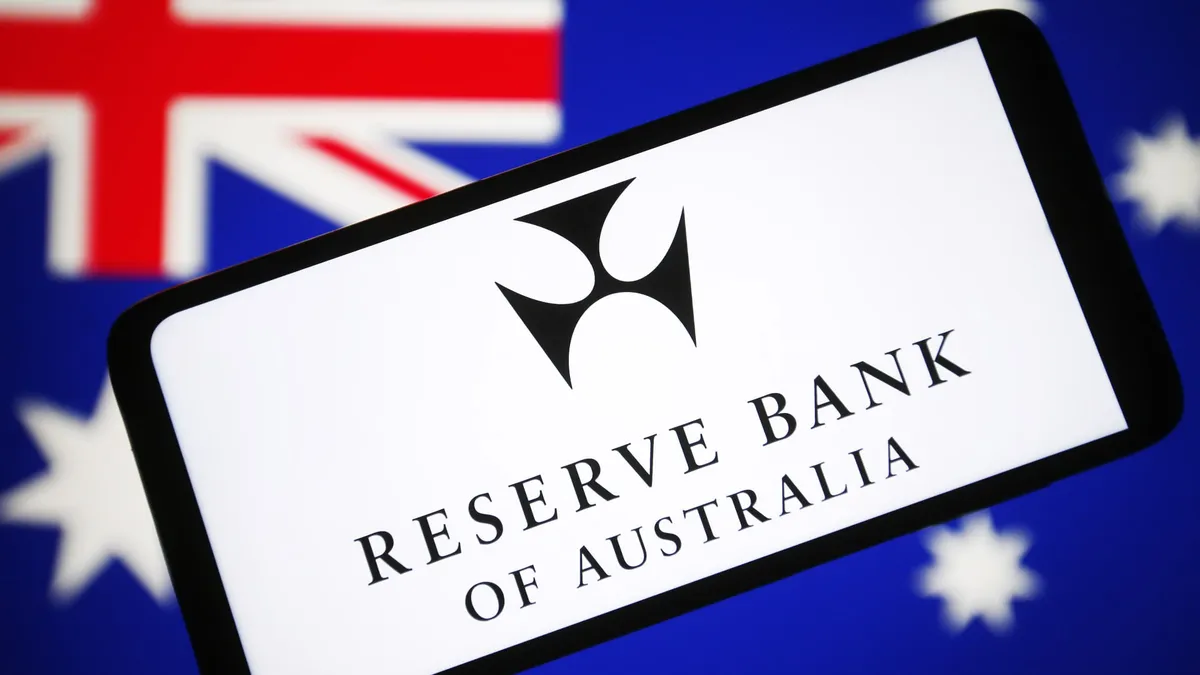
On Tuesday, Australia's central bank made a significant move by cutting its benchmark lending rates by 25 basis points, aligning with expectations set by economists. This decision was accompanied by a downgrade in the country's annual economic outlook, signaling concerns about the trajectory of Australia’s economy.
The Reserve Bank of Australia (RBA) has revised its economic growth forecast for 2023, lowering it from 2.1% to 1.7%. The central bank cited a weaker-than-expected rise in public demand during the early months of 2025, suggesting that this downturn is unlikely to be compensated for in the remaining months of the year. With this reduction, the current benchmark lending rates now sit at 3.6%, marking the lowest level since April 2023.
The RBA noted a substantial drop in inflation since its peak in 2022, attributing this trend to the steep increases in interest rates which have helped align aggregate demand with potential supply. In the second quarter, inflation in Australia was recorded at 2.1%, the lowest rate since March 2021 and close to the RBA's targeted range of 2%-3%.
Following the announcement, Australia’s S&P/ASX 200 equity index experienced a slight uptick of approximately 0.3%. However, the Australian dollar weakened by 0.15%, trading at 0.6501 against the U.S. dollar.
The decision to cut rates occurs in the context of a significantly altered trade environment. Recent tariffs imposed by the U.S. have created challenges, with Australia facing a baseline 10% tariff as a result of decisions made by former U.S. President Donald Trump. Despite these pressures, Australia's trade minister has described the situation as a vindication of the government's negotiation efforts.
The RBA has indicated that the risk of a severe trade war has lessened, and thus far, recent international trade policy changes have had minimal impact on the Australian economy. Nonetheless, the central bank has cautioned that a more substantial disruption to global trade cannot be entirely ruled out.
The lowered GDP growth forecast is primarily attributed to a diminished outlook for productivity growth, rather than disruptions caused by trade issues. In the first quarter of this year, Australia's economy grew by only 1.3% year-on-year, falling short of the 1.5% growth predicted in a Reuters poll. On a quarterly basis, the economy expanded by just 0.2%, below the expected 0.4% growth.
Katherine Keenan, the head of national accounts at the Australian Bureau of Statistics (ABS), attributed this lackluster growth to a contraction in public spending coupled with weakened consumer demand and exports.
Looking ahead, analysts at the Commonwealth Bank of Australia anticipate another rate cut in November, with potential further reductions expected in early 2026. Marcel Thieliant, the head of Asia-Pacific at Capital Economics, predicts that rates could decrease to 2.85% by mid-2026, based on the RBA's updated inflation forecasts.